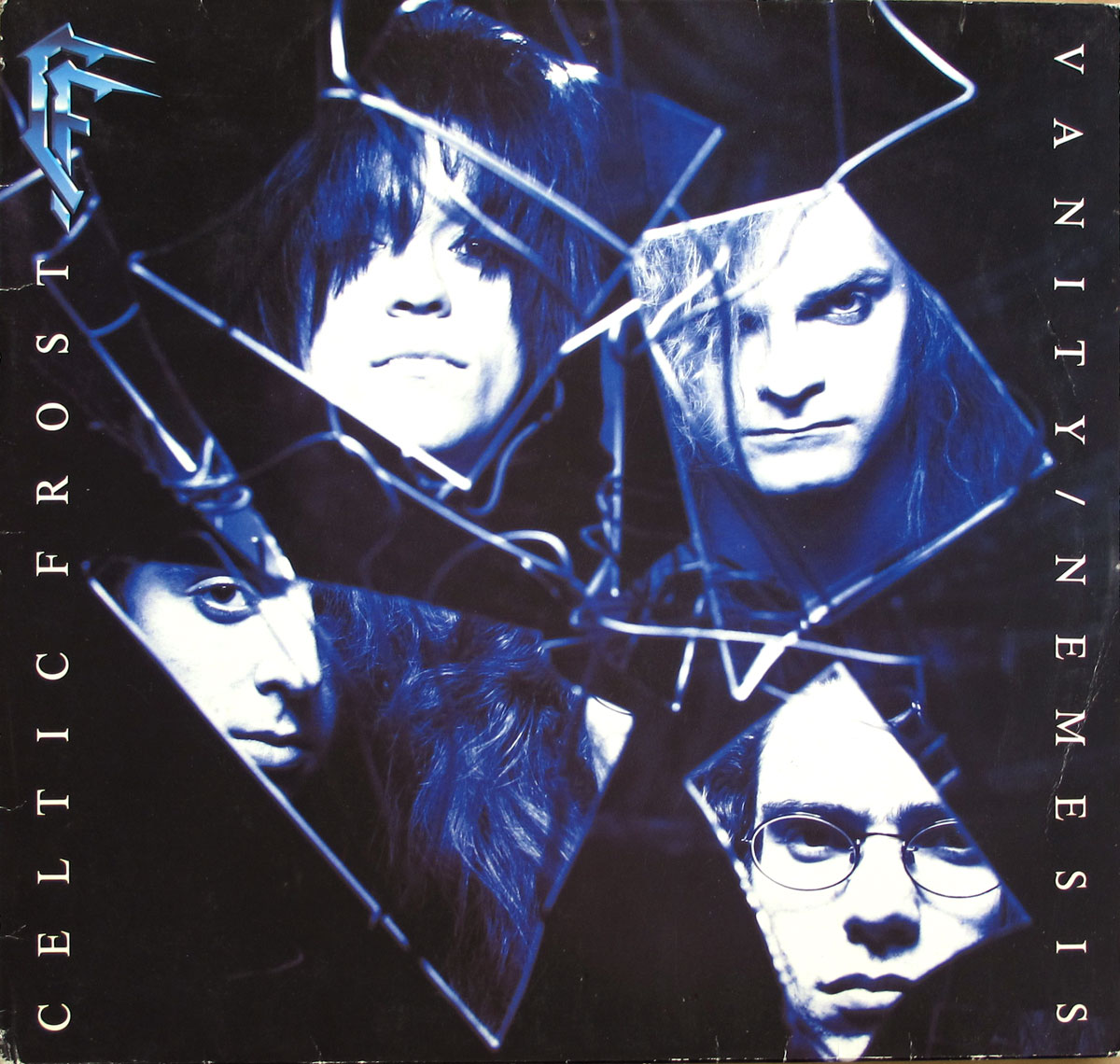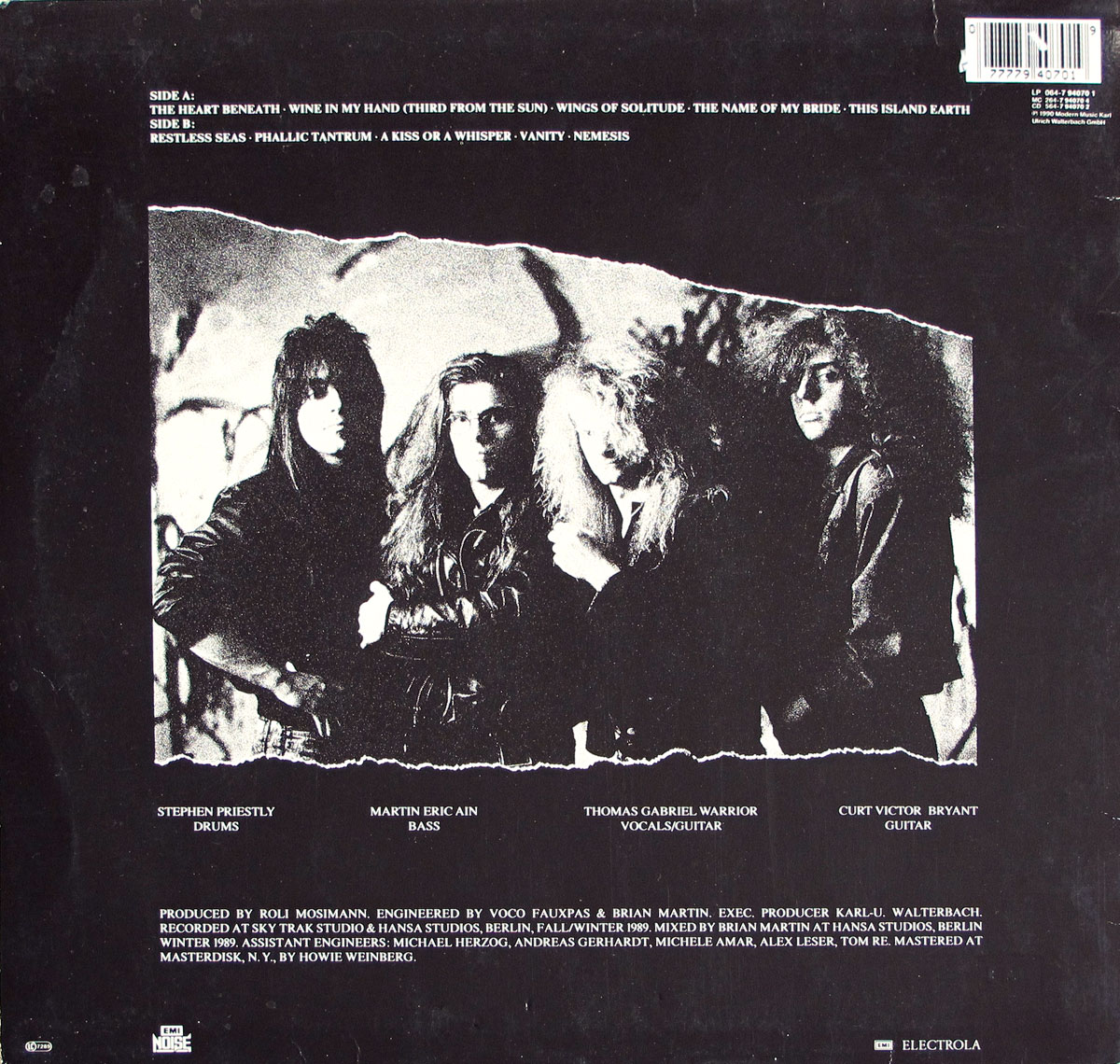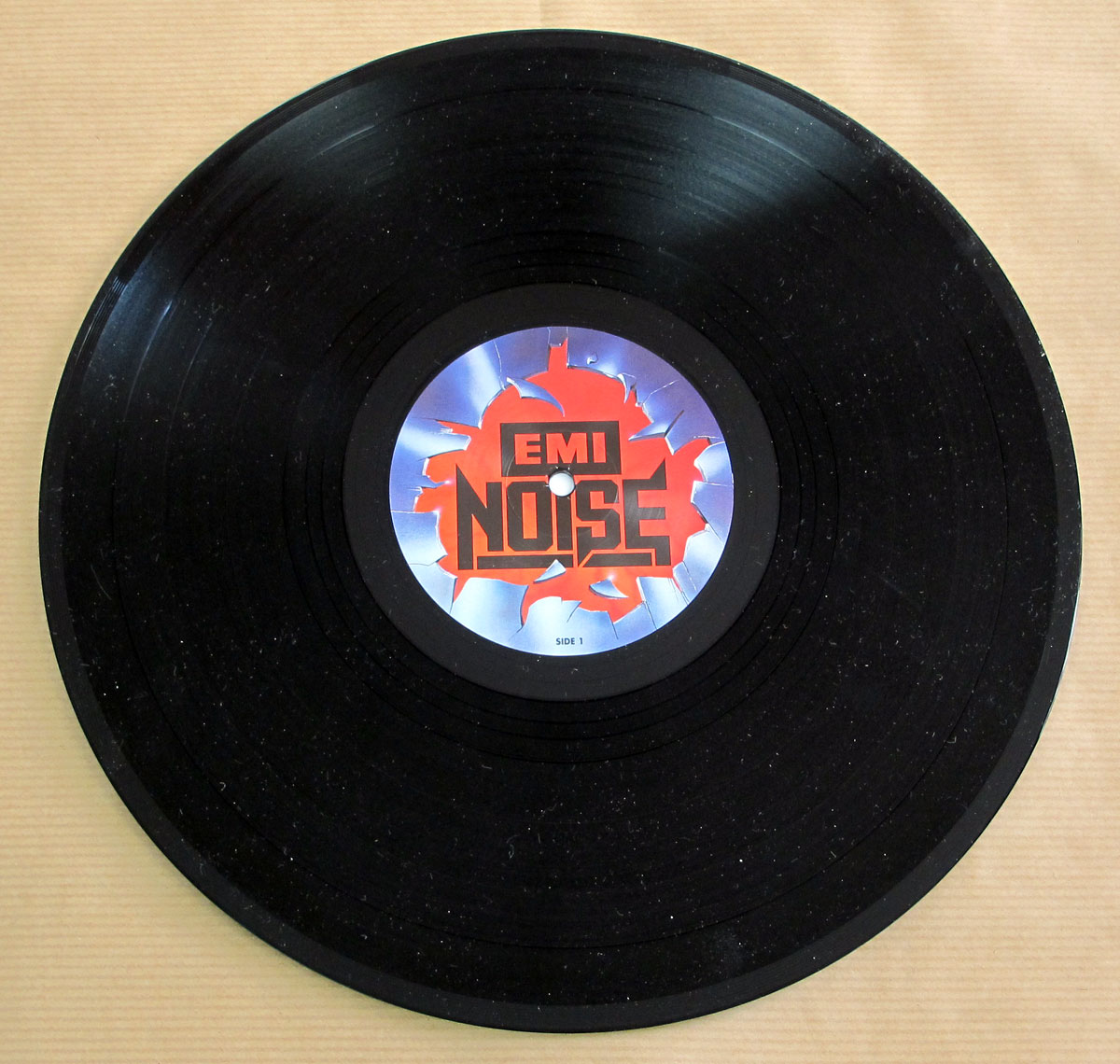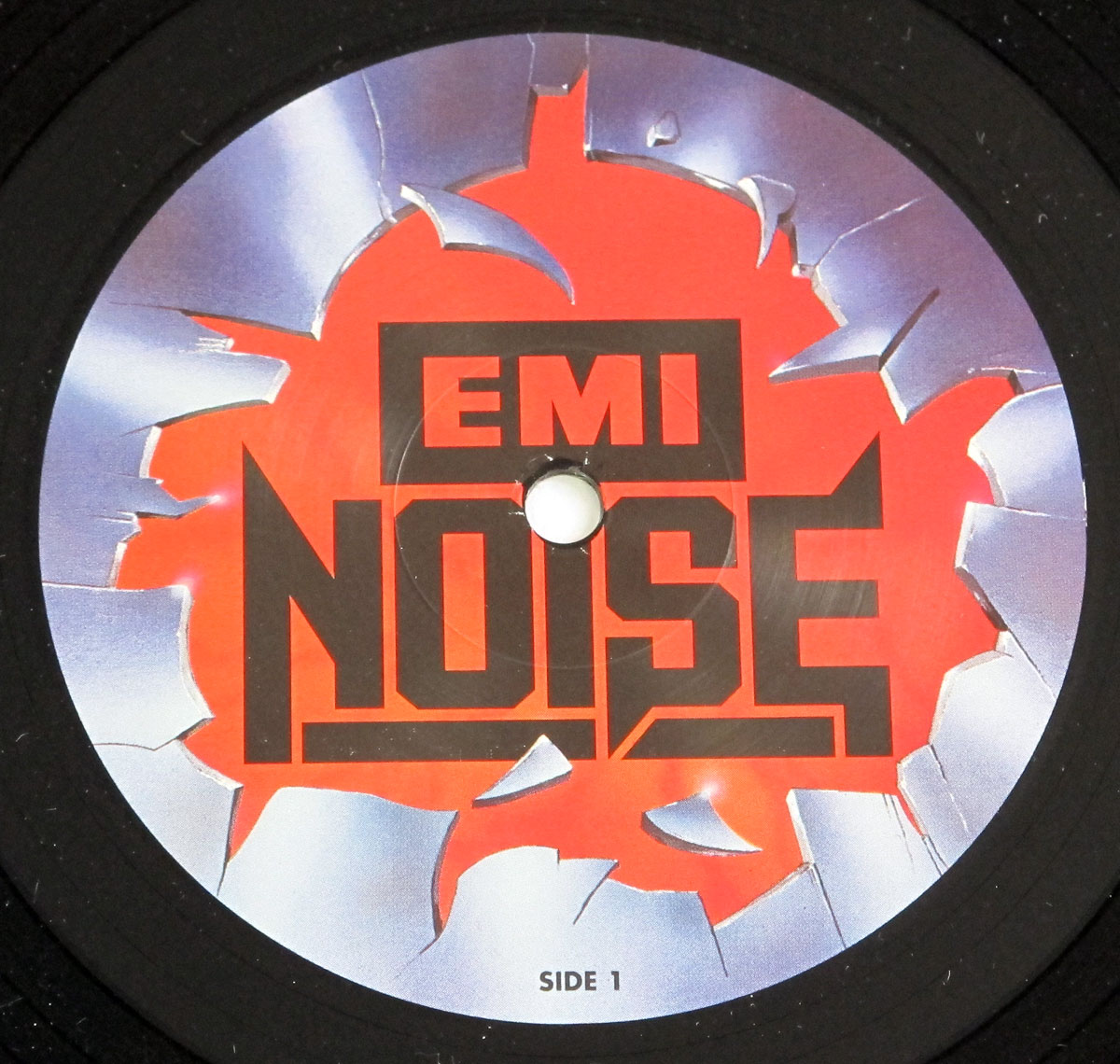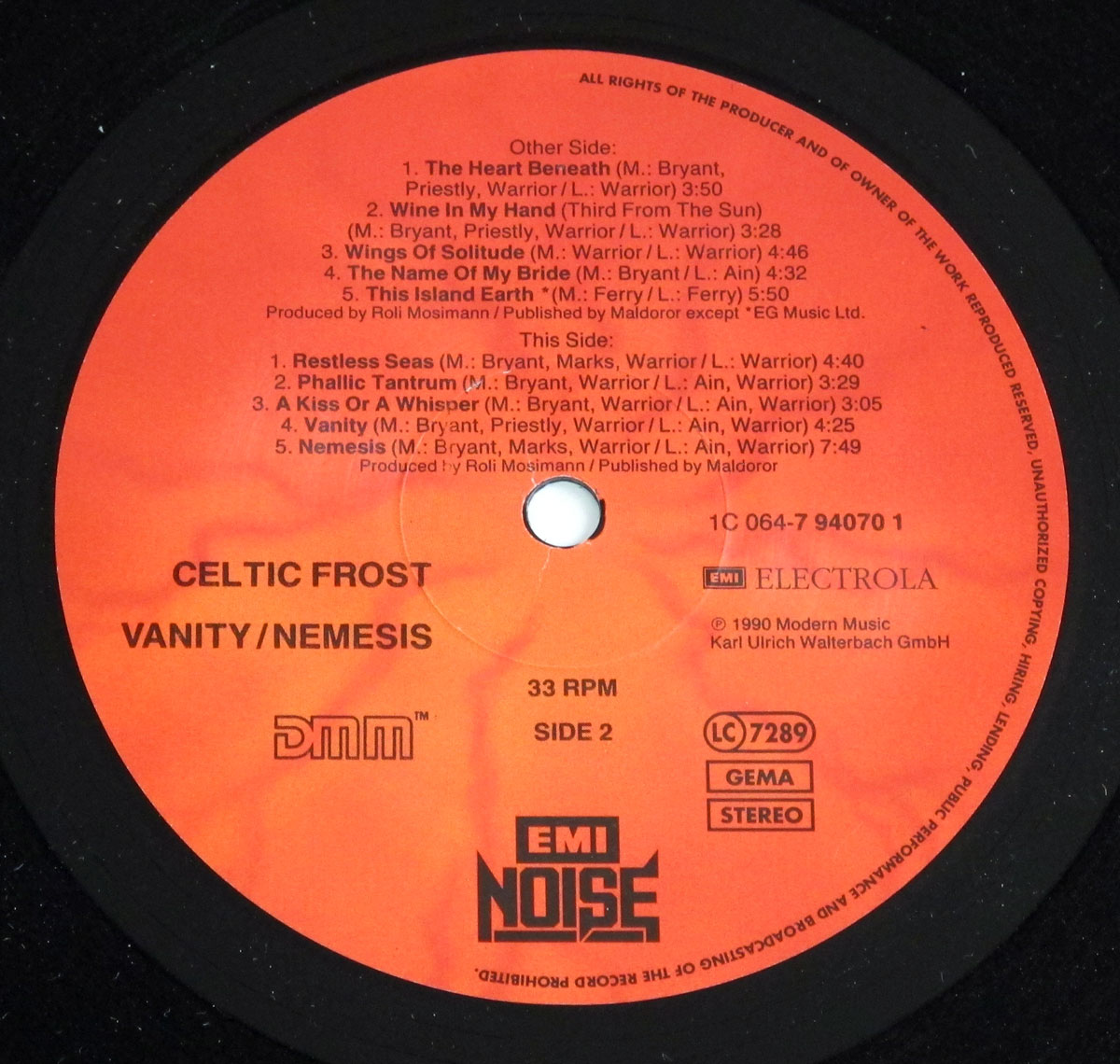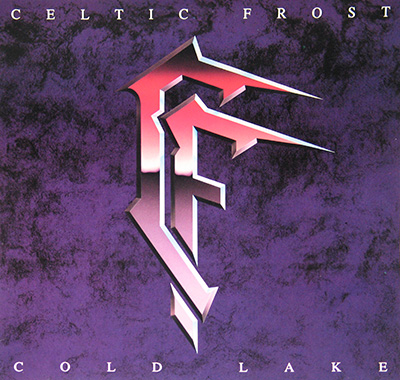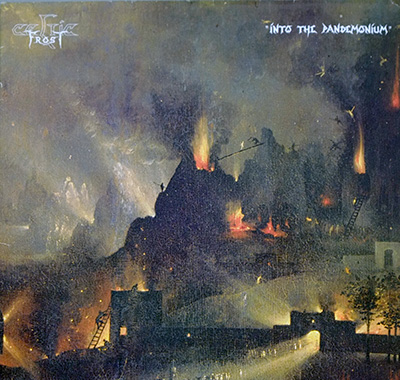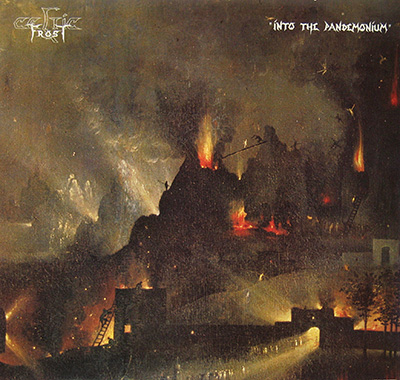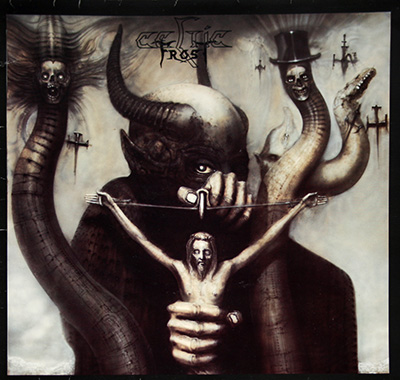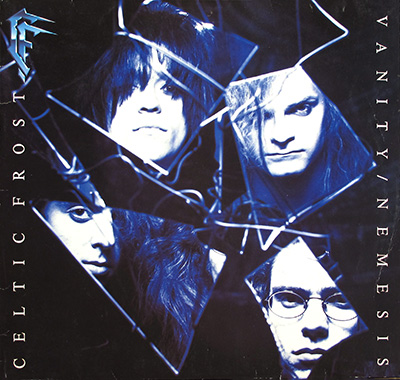Album Description:
In the world of music history, certain albums stand out not only for their sonic brilliance but also for their profound impact on the musical landscape of their time. One such gem that graced the music scene is Celtic Frost's "Vanity Nemesis," a 12" vinyl LP album that left an indelible mark on the realms of extreme metal during its release period.
Hailing from Switzerland, Celtic Frost emerged as pioneers in the metal genre, pushing boundaries and redefining conventions. "Vanity Nemesis," released 1990, marked a pivotal moment in the band's career and the broader metal scene. This album, laden with a dark and atmospheric sound, showcased Celtic Frost's evolution and experimentation, setting them apart from their contemporaries.
During its release period, "Vanity Nemesis" garnered widespread attention for its audacious blend of doom, gothic, and thrash metal elements. The album's tracks, characterized by haunting melodies, thunderous riffs, and thought-provoking lyrics, captivated listeners and critics alike. Celtic Frost's willingness to traverse uncharted musical territories distinguished them as trailblazers in the metal scene.
Commercially, "Vanity Nemesis" achieved significant success, solidifying Celtic Frost's position as a force to be reckoned with in the metal world. The album's compelling and diverse compositions resonated with a broad audience, transcending the niche confines of extreme metal. It climbed the charts and earned the band a devoted fan base, further establishing their influence on subsequent generations of musicians.
What truly sets "Vanity Nemesis" apart is its fearless departure from conventional metal norms. Celtic Frost exhibited a willingness to experiment with their sound, incorporating unconventional elements that pushed the boundaries of the genre. The album's sonic diversity, coupled with the band's enigmatic stage presence, contributed to the creation of a unique musical experience.
As the European music scene witnessed the emergence of various sub-genres, "Vanity Nemesis" served as a bridge between the traditional and avant-garde. Celtic Frost's ability to seamlessly blend different musical elements showcased their artistic prowess, leaving an enduring legacy that continues to inspire musicians to this day.
